CIDETEC Surface Engineering is participating in the project that will research and develop a unique digital model for structural integrity management of floating wind turbines.
The consortium’s inaugural meeting, led by NAUTILUS Floating Solutions, took place on September 30, and brought together the consortium’s 12 companies, all of which are global references in the floating wind sector.
INTEGRIA stands for “Investigation of structural INTEGRITY in floating wind turbines using Artificial Intelligence-based models.” Its goal is to create a digital model based on AI for managing the structural integrity of floating wind turbines. The project, in which CIDETEC Surface Engineering collaborates with leading wind industry companies, aims for all components to provide data that, when integrated into digital models, provides the necessary information to generate models for the detection and prevention of failures, fatigue, degradation, etc., with which to build decision-making algorithms for Operation and Maintenance (O&M), and thus enable the extension of the useful life floating offshore wind farms.
The year 2022 marked a significant milestone in the progression towards the commercialization of floating technology, as regions were designated for the construction of wind farms across the globe. Installation of this technology is anticipated to reach a peak of 30 GW within the following decade. On a national level, Spain aims to install 3 GW of floating wind farms in 2030. This presents a significant opportunity for the Euskadi supply chain, which is already well-established in the prototype phase of floating wind energy.
The INTEGRIA project presents unique challenges compared to individual prototypes, as it requires a transition from merely showcasing the technology’s proper operation for a restricted duration to ensuring its continuous operation throughout the lifetime of a wind farm. From initially oversizing the initial prototype to demonstrating its technical feasibility and subsequently refining its design to establish its economic viability, a significant technological advancement occurs.
Currently, there are multiple models and tools for offshore O&M, which provide precise solutions to specific problems. In addition to their specificity, these models exhibit several other deficiencies: they do not incorporate accurate data regarding failure rates, they fail to provide a comprehensive perspective on the various critical components and activities associated with wind farm operation and maintenance, and they fail to account for a proper market orientation.
In short, there is a lack of comprehensive approaches to the problem that would allow a single model to be able to analyse data and make decisions.
INTEGRIA aims to solve these challenges by: acquiring data-driven artificial intelligence (AI) models that have been trained using offshore operation data, incorporating sensors into transition pieces, amassing, storing, and processing substantial volumes of data to supply AI models, monitoring real-time data and forecasting outcomes using a digital AI model, and integrating AI-based models in conjunction with physics-based models.
INTEGRIA provides Euskadi a unique opportunity to highlight the strengths of the participating companies. Furthermore, cooperation is encouraged, which will enable Basque industry to establish a unique market position. The consortium is made up of: NAUTILUS Floating Solutions, project coordinator and developer of a floating platform; ALERION, specialist in wind turbine inspection using drones; COREMARINE, engineering company specialising in monitoring offshore systems; DITREL, developer of electrical connectors for floating platforms; ERREKA, manufacturer of intelligent bolted joints; GLUAL, manufacturer of the wind turbine hydraulic pitch system; HINE, manufacturer of the hydraulic pitch system of the wind turbine; HINE, manufacturer of the wind turbine hydraulic pitch system; IBERMÁTICA, company focused on data collection and analysis; INNOMAT (Mugape), expert in surface coatings; KERA-COAT, expert in ceramic surface coatings; LAULAGUN, manufacturer of blade and yaw bearings for wind turbines; and NAVACEL, manufacturer of transition parts and large metal structures.
In addition, 4 entities from the RVCTI (Basque Network of Science, Technology and Innovation) are taking part in the project. The technology centres CEIT, CIDETEC Surface Engineering and TECNALIA and the ENERGY CLUSTER ASSOCIATION.
Project funded by the Department of Economic Development, Sustainability and Environment of the Basque Government (HAZITEK Program) and the European Regional Development Fund (ERDF).









